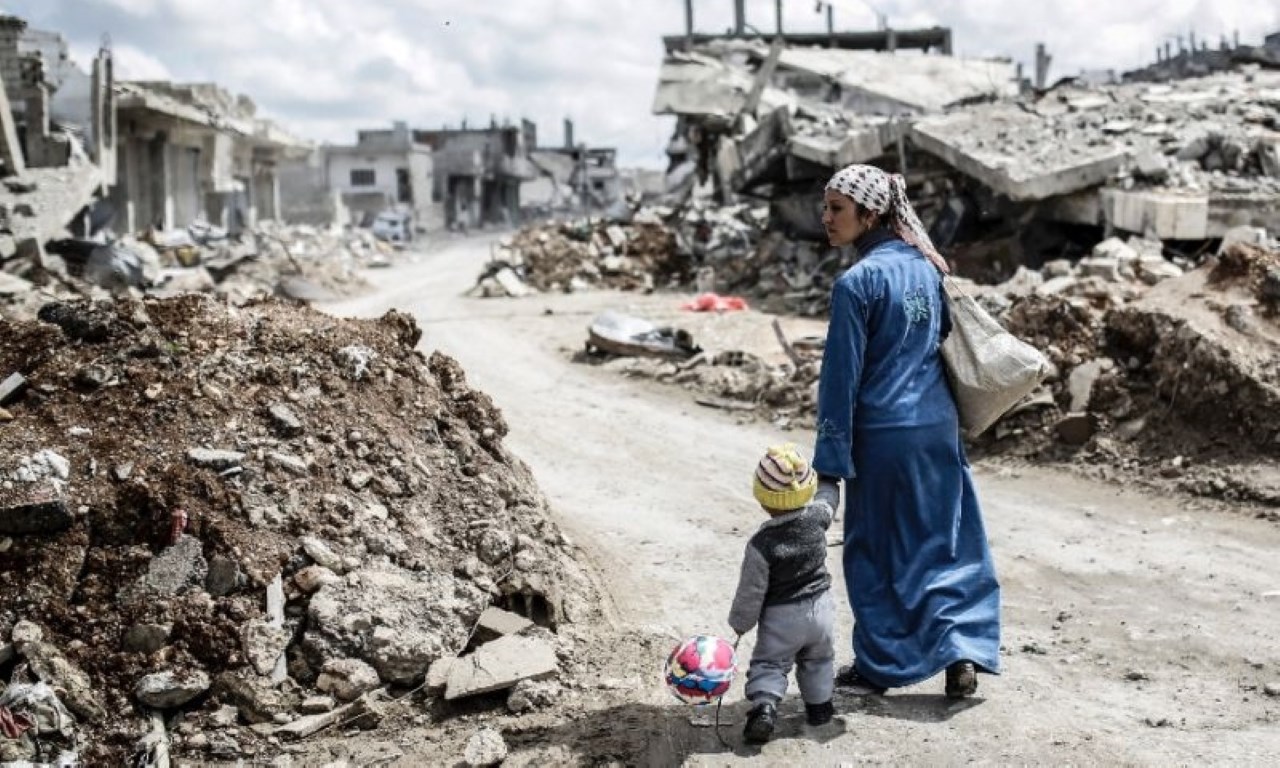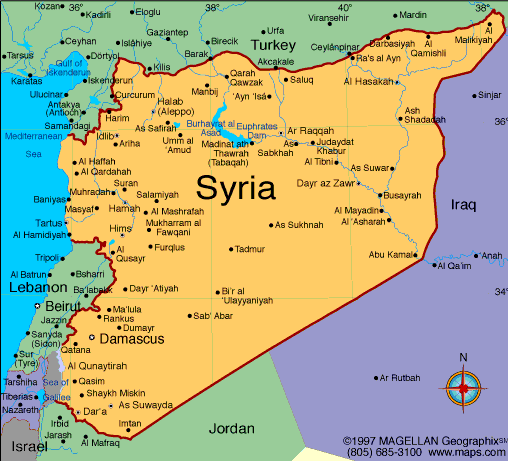Syrian dilemma
December 5, 2017 | Expert Insights

Background
Over the span of several centuries, Syria, which was at the forefront of the Islamic Caliphate witnessed multiple invasions and occupations. The Romans to the Crusaders and the Turks have tried to gain control of the region.
In 1946, the modern state of Syria was born when it got its independence from France. A country of fertile plains, high mountains and deserts, it is home to diverse ethnic and religious groups, including Kurds, Armenians, Assyrians, Christians, Druze, Alawite Shia and Arab Sunnis. The majority of Muslim population in Syria is made up of Arab Sunnis.
The Syrian Civil War has been going on since 2011. It began during the Arab Spring protests and due to resentment towards the government of President Bashar al-Assad. The war is being fought by several factions: the Syrian government and its allies, a loose alliance of Sunni Arab rebel groups (including the Free Syrian Army), the majority-Kurdish Syrian Democratic Forces (SDF), Salafi jihadist groups (including al-Nusra Front) and the Islamic State of Iraq and the Levant (ISIL), with a number of countries in the region and beyond being either directly involved, or rendering support to one or another faction.
Russia has supported the internationally recognized government of Syria since the beginning of the Syrian conflict in 2011: politically, with military aid, and since 30 September 2015 also through direct military involvement. The latter marked the first time since the end of the Cold War that Russia entered an armed conflict outside the borders of the former Soviet Union.

Analysis
Recently, a UK-based monitoring group called Syrian Observatory for Human Rights (SOHR) has claimed that at least 53 civilians have been killed in Russian air strikes in east Syrian village of Al-Shafah.
Violence and instability has continued to rise in the region. In fact, reports have stated that jet fighters flown by the Syrian government and its Russian allies have flown over the designated de-escalation zone and have bombed the Damascus suburb of Eastern Ghouta. The United Nations has stated that the fighting has shown no signs of abating.
The UN says about 400,000 civilians who remain trapped there are facing a "complete catastrophe" because the government has blocked aid deliveries. "The regime is trying to force the residents of Ghouta to accept being relocated to the north of Syria. But the people here won't accept this, they won't be forcibly displaced," said Hazem Shami, an activist in Eastern Ghouta.
In addition, Israel has also continued its military intervention in the region. It fired missiles at a Syrian military facility. "The shelling took place with missiles launched by Israeli warplanes. The explosions were accompanied by flashes ... believed to be caused regime's air defence launching its missiles to intercept the [Israeli] missiles and prevent them from hitting their targets,” said the Syrian Observatory for Human Rights.
As scenes of tragedy continues to unfold in Syria, there are at least 500 people in the suburb who are in the dire need of immediate medical evacuation. There have also been reports that babies and young children have died due to malnutrition and lack of access to basic food supplies.
Assessment
Our assessment is that hundreds of thousands of civilian lives in Syria is in danger. The region, plagued with violence, is showing little indication that the conflict will come to an end. Meanwhile, those trapped by the blockade have little access to medical and food supplies for their survival.








Comments